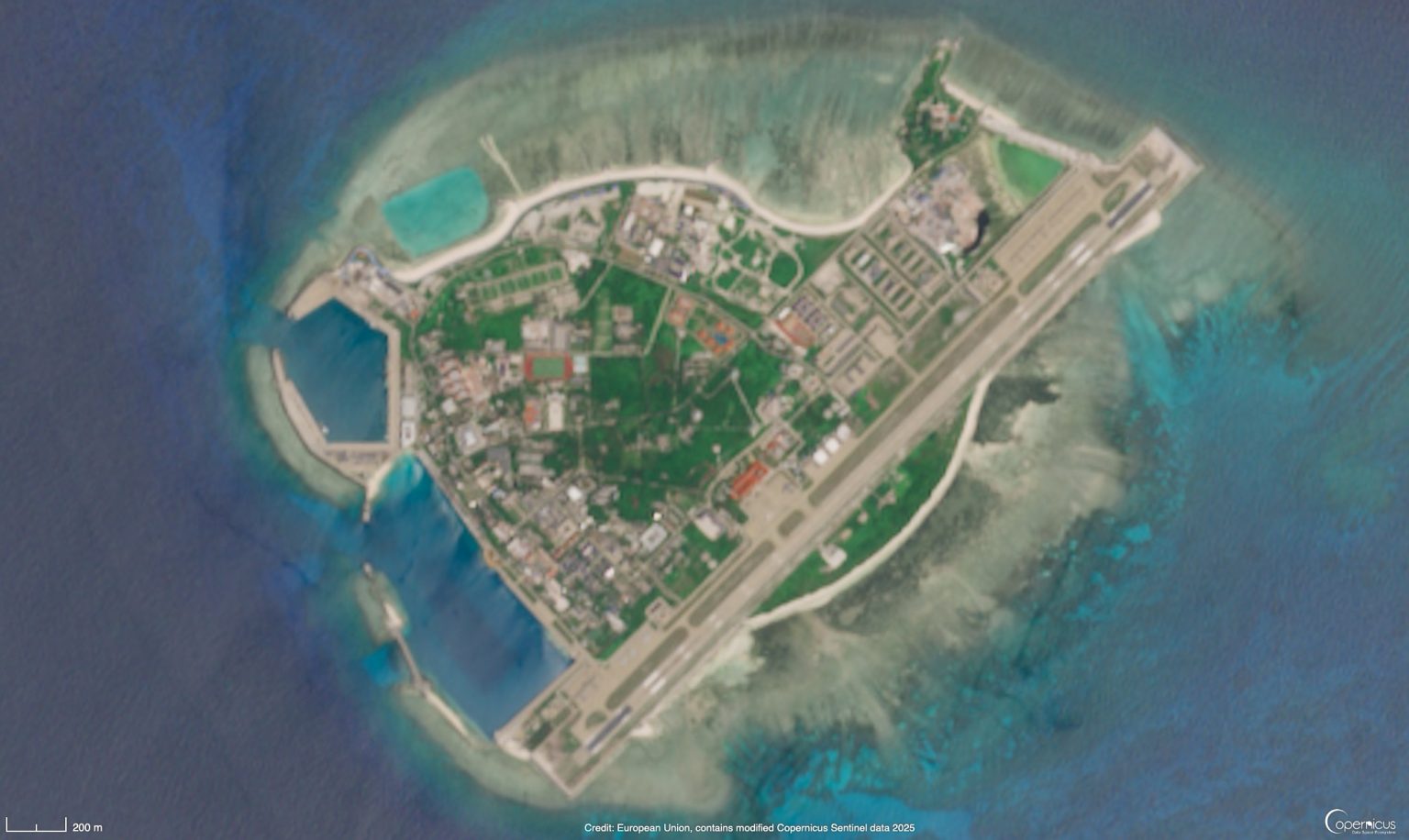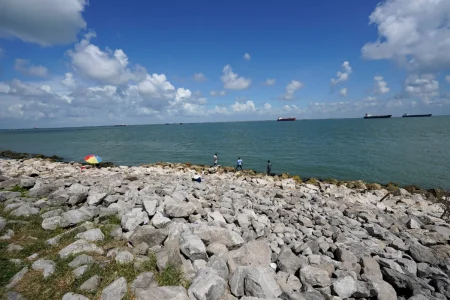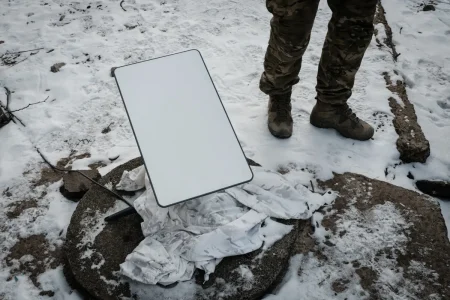China’s Growing Military Footprint in the South China Sea: The Evolution of Woody Island
Over the calm blue waters of the South China Sea lies a small but strategically significant piece of land that has become the centerpiece of regional tensions. Woody Island, China’s oldest and most developed outpost in the disputed Paracel Islands, offers a window into Beijing’s expanding maritime ambitions and military capabilities. Recent satellite imagery provides a stark reminder of how this once barren rock has transformed into a formidable military installation over the past several decades. What began as a simple occupation in 1956 has evolved into an administrative center with extensive military infrastructure that allows China to project power throughout one of the world’s most contested waterways. The island’s development tells a larger story about shifting power dynamics in the Asia-Pacific region and the growing competition between China, its neighbors, and the United States.
The strategic importance of Woody Island cannot be overstated. Serving as China’s administrative headquarters in the South China Sea, it anchors Beijing’s controversial territorial claims in waters also claimed by Vietnam, Taiwan, and the Philippines (a U.S. defense treaty ally). Vietnam, which lost control of the Paracel archipelago to China in a bloody 1974 conflict, continues to dispute Chinese sovereignty over these islands. The satellite images reveal the dramatic transformation of Woody Island over the past two decades, particularly the acceleration of military construction during the 2010s. What was once a modest outpost now features an extended 8,900-foot runway capable of accommodating various military aircraft, twenty reinforced aircraft hangars, HQ-9 surface-to-air missile batteries, sophisticated radar installations, and hardened shelters designed to withstand potential attacks. This comprehensive military buildup demonstrates China’s determination to establish permanent control over its claimed territories while extending its operational reach throughout the region.
Perhaps most concerning to regional powers and the United States is Woody Island’s ability to host China’s strategic bomber fleet. The airfield’s infrastructure can accommodate fighters, patrol aircraft, and—most significantly—nuclear-capable H-6 strategic bombers. These periodic bomber deployments, first announced by China’s military in 2018 and observed again in recent years, serve as a powerful signal of Beijing’s expanding military capabilities. As recently as March 2025, satellite imagery captured a Chinese KJ-500 airborne early warning and control aircraft parked at the airfield, further demonstrating the operational nature of the facility. Military analysts note that cycling these high-value assets through bases like Woody Island provides the People’s Liberation Army with enhanced force protection options while extending their operational footprint far beyond China’s mainland. This capability puts Chinese military assets within striking distance of U.S. forces positioned throughout the Asia-Pacific, altering strategic calculations throughout the region.
What makes Woody Island particularly significant is its role as a template for China’s broader military expansion in the South China Sea. The Center for Strategic and International Studies’ Asia Maritime Transparency Initiative has observed that similar military facilities have subsequently appeared on China’s holdings in the Spratly Islands further south. These outposts collectively form a network of forward operating bases that extend China’s military reach, surveillance capabilities, and air defense coverage across contested waters. The Pentagon has explicitly acknowledged that these island bases “extend the operating reach” of China’s aviation forces in the region, creating new strategic realities that must be factored into U.S. and allied military planning. This systematic approach to militarizing disputed territories has transformed theoretical maritime claims into practical control over vast swathes of the South China Sea, through which approximately one-third of global shipping passes annually.
The growing tensions have prompted responses from other claimant states, particularly Vietnam, which has accelerated its own land reclamation and base construction activities on islands it controls in the Spratly archipelago. This Vietnamese buildup represents a direct challenge to Beijing and contributes to the overall militarization across the disputed sea. Despite international concerns, China maintains that its activities are legitimate. Foreign Ministry spokesperson Lin Jian stated in May that “China firmly safeguards its territorial sovereignty and maritime rights and interests, and works with other countries in the region to uphold peace and stability in the South China Sea.” This rhetoric, however, stands in contrast to the reality of continued military development and assertions of control that have alarmed neighboring countries and drawn criticism from the international community, including formal objections from the United States.
Looking ahead, experts anticipate that China will maintain and likely enhance its military presence on Woody Island, while Vietnam continues efforts to strengthen its position in the Spratlys. This ongoing militarization creates risks of miscalculation and potential conflict in waters crucial to global trade and regional security. The transformation visible in satellite imagery—from a barren rock to a fully operational military base—serves as a tangible reminder of how territorial disputes can evolve from diplomatic disagreements into potential flashpoints. As China’s capabilities on Woody Island and similar outposts continue to grow, the international community faces difficult questions about freedom of navigation, territorial sovereignty, and the rules-based order that has governed maritime relations since the end of World War II. The future of peace in the South China Sea may well depend on how these competing interests are managed in the years ahead.














